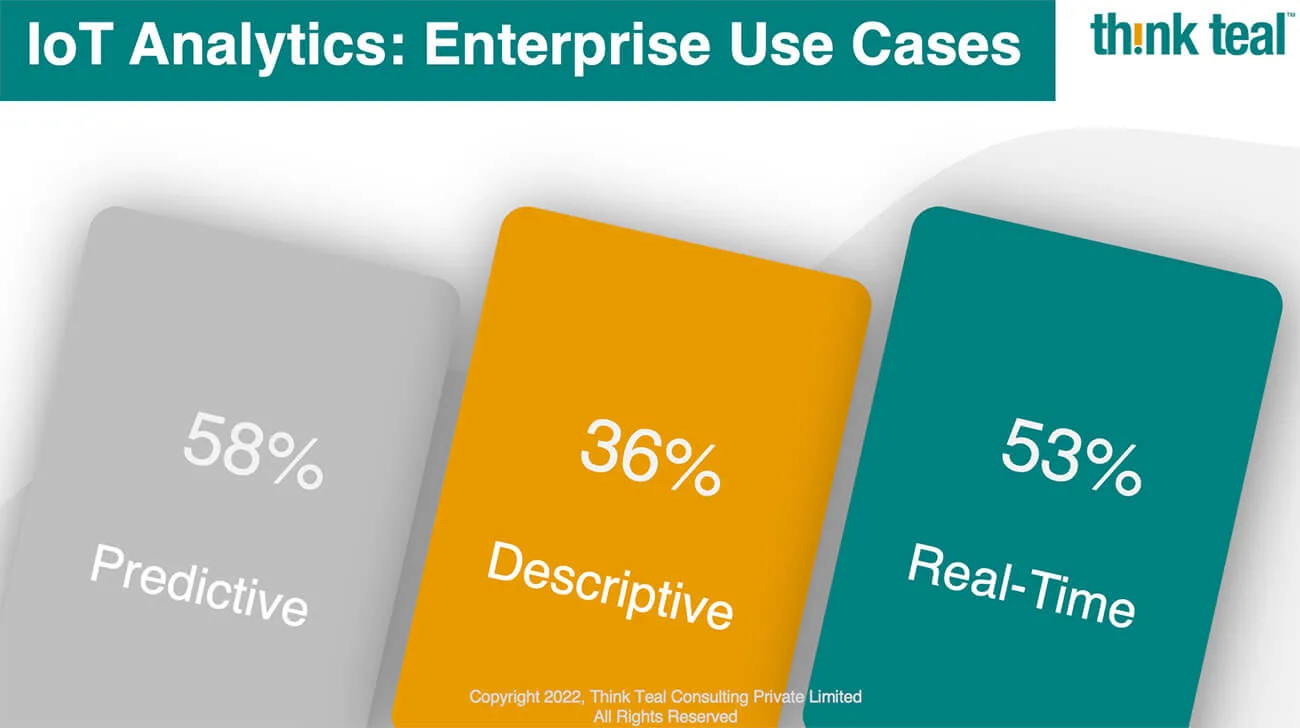IoT Analytics: Enterprise Use Cases
Few technologies have made an impact as powerful as IoT. From consumer devices to enterprise solutions, the opportunities are limitless. Connected devices offer a range of benefits, including cost reduction, increasing efficiency and productivity, enhanced customer experience, mobility and agility, and better use of resources and assets, among many other things.
But the most significant benefit of the IoT ecosystem is the massive amount of data generated by these IoT devices. What you have is a goldmine of information that, if leveraged correctly, can unleash business opportunities and growth levers for an organization. This is where analytics comes in. Data analytics has a significant role in the future success of IoT applications by securing high RoI.
One could consider the insights that get churned from these IoT devices as the fuel which propels the entire IoT ecosystem (also providing opportunities for managed services model). The actual value of a successful IoT deployment is when one can derive intelligent insights that can pave the way for new businesses or help extend an organization's service offerings.
Analytics in IoT can be further broken down based on the kind of challenge they address and the insights they generate.
Predictive: In some ways, this could be considered a subset of real-time analytics; machine learning capabilities are incorporated to assess the likelihood of a future event happening. This is possible given the vast amount of data generated by IoT devices that work as historical data or reference.
Descriptive: This kind of analytics is primarily used for monitoring the performance of devices and helps in finding anomalies and identifying trends or patterns in usage.
Realtime: This deals with live data originating from multiple IoT resources. The analysis is done in real-time, and action is taken based on that analysis.


